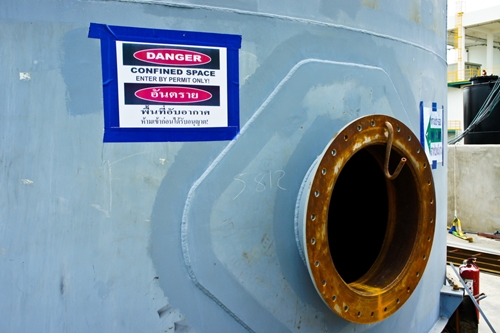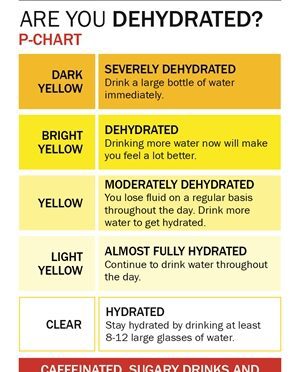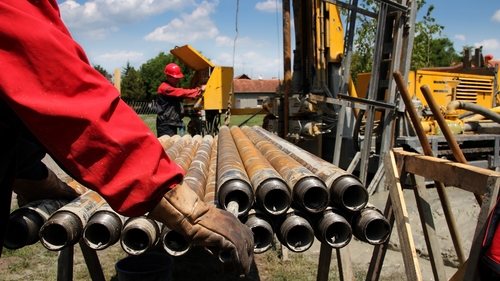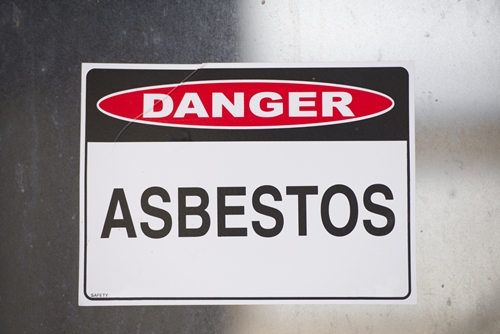Why Proper Battery Care & Maintenance is Critical for Worksite Safety
September 21, 2022
Portable electronic devices and hand-held machinery are typically powered by battery, whether it be a smaller 9-volt or a larger 24-volt pack.

Please upgrade to Microsoft Edge, Firefox or Chrome for optimized website viewing.

Portable electronic devices and hand-held machinery are typically powered by battery, whether it be a smaller 9-volt or a larger 24-volt pack.

Heat-related illnesses are a serious hazard on industrial work sites, especially those that are outdoors during summer months.

There are unique challenges oil and gas companies must face when it comes to working with hazardous chemicals. Gases like hydrogen sulfide naturally occur during extraction operations, which make it a common risk for workers in the field. Working in an enclosed environment that may contain hydrogen sulfide combines two occupational safety hazards: confined spaces
MORE…

The U.S. Occupational Safety and Health Organization will conduct regular inspections to ensure companies provide safe working spaces, so companies need to always be ready for inspections

Heat-related illnesses are a serious hazard on industrial work sites, especially those that are outdoors during summer months.

During times of intense heat, workers can be at serious risk of illness, over-exhaustion and potentially even death.

Beginning Aug. 3, a new Occupational Safety and Health Administration regulation designed to protect construction workers from hazards associated with confined spaces will go into effect.

Though work sites have been made safer through stricter standards and advanced personal protection equipment, some cases of workplace injury are unavoidable.

As power companies update their safety plans for this year, they should include the updates to the electric power generation, transmission and distribution standard implemented by the U.S. Occupational Safety and Health Administration. The deadlines for compliance with the new safety standards for the power sector are approaching for several provisions. Not only do power sector employees have
MORE…

While workers may not realize it, there is the possibility that a hidden danger like asbestos in the workplace can disrupt their health and well-being. Defined as a mineral fiber that occurs in rock and soil, asbestos is often found in manufactured goods, fabrics and friction products, and building materials, according to the U.S. Environmental Protection Agency. Workers will often not
MORE…